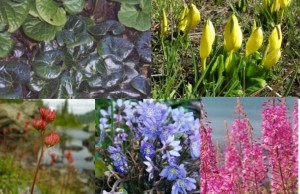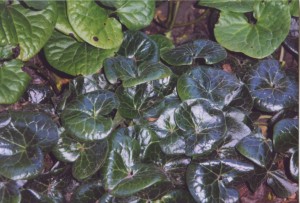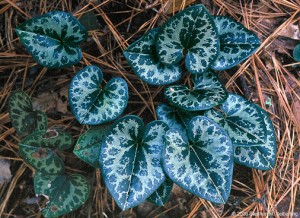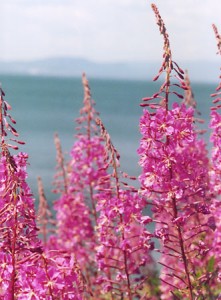In exchange they provide sustenance to their caloric and habitat needs. By eliminating the Garry Oak due to urbanization and over grazing we lose the understory plants and the insects and animals associated with this unique Eco-system. (Article on their killing in Victoria B.C.) More on the Garry Oak – facts.
Generally speaking native plants attract a wider variety of native animals than do introduced plants and are far more adaptable to our soils and local climate fluctuations.Monetarily speaking they therefore generally require less maintenance (such as watering and fertilizing) than do introduced plants from Europe or Asia.
China also has a native form that can be variegated. All seem to be drought hardy once established and if grown in a soil that is humus enriched and well drained.
After decades of watching people infesting their gardens with “plants to run away from,” I decided why not at least infest the garden with native invasive s! Fireweed is one of them … but on the Olympic Peninsula it does have its moments.
Fireweed is a very ornamental plant, and this picture is of the giant 5 ft. tall variety. Native to the Pacific Northwest it is also the floral emblem of the Yukon.
I love the description that “ An infusion of the leaves is said to stupefy a person.” May be, but there are many other Native American uses of this wonderful plant. Leaves and young shoot tips – raw or cooked. They can be used in salads or cooked as a vegetable. In tough economic times, landscape with what you can eat. As a vegetable it ise a good source of vitamins A and C. Use leaves only when young. Nettles are the same way. Many early French explorers touted the young shoots as a good asparagus substitute.
Russians and the Chinese make a tea of the dried leaves and it is low in tannin and is sweet and pleasant. Need I even go into the wonderful honey made of Fireweed
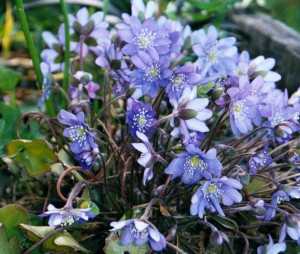
Finally we come to the alpine saxifrage family and this Leatherleaf Saxifrage grows fairly high up in the Olympics. All of these were homed by my customers during the last few decades.
Another site asked: Why are there not more people using native plants? One reason being it is unprofitable for the wholesale nurseries to risk their livelihood growing 'Native Plants.' In Colorado there may be one or two. In CA. there are many more, but all need to cater to retail customers as the box stores and even Nurseries don't know a rats ass about Native plants.
I went down to L.A. and visited one of the largest Nurseries. It had NO native plant section and the employees couldn't even answer a few basic questions such as where is your Fremontia, the Ceanothus, Flowering Current, Garrya elliptica, shrub Manzanita or Matillya poppy? I didn't even get into talking about some great native ground-covers like the CA. Zauschneria (Hummingbird plant) or the herbal Yerba Buena, or perennials such as the Pacific Coast Iris.
It made me cry. The Santa Cruz nursery I managed in the 70' and 80's featured all the above and my employees knew what they were about. No longer. It’s all tailored to the box store market and disposable employees.
My sad ending to 'Native plants' are the humanoid transplants who want to reshape our non-Texas, non California landscape/wildflowers by adding their own to improve the highway or even the Olympic National Park system. As a grower I was shocked to be asked to grow some of these for re-planting purposes.
My answer was not a polite one! 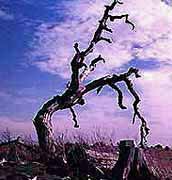
(C) Herbert Senft 2015

